New Carbon 3D Printing takes minutes not hours
A new approach to 3-D medical printing uses photopolymerization to create useful objects like stents in minutes rather than hours.
Continuous liquid interface production (CLIP) works by projecting UV light through an oxygen-permeable window into a liquid resin. Light and oxygen control solidification of the resin, producing objects tens of centimeters in size and with feature resolution <100 μm.
“By rethinking the whole approach to 3-D printing, and the chemistry and physics behind the process, we have developed a new technology that can create parts radically faster than traditional technologies by essentially ‘growing’ them in a pool of liquid,” said Dr. Joseph DeSimone, a professor at the University of North Carolina at Chapel Hill and North Carolina State University.
DeSimone is also CEO of the startup Carbon3D Inc., which is developing the technology through a sponsored research agreement with UNC.
CLIP is the first 3-D printing process that uses tunable photochemistry instead of a layer-by-layer approach. CLIP also allows previously unachievable geometries and creates ready-to-use products 25 to 100 times faster than other 3-D printing methods.
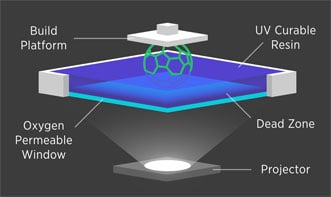
A diagram of the continuous liquid interface production (CLIP) process. Courtesy of Carbon3D Inc.
Compatible with elastomers, silicones, nylon-like materials, ceramics and biodegradable materials, CLIP may be useful for fashioning devices for use in health care and medicine, as well as in the automotive and aviation industries.
“In addition to using new materials, CLIP can allow us to make stronger objects with unique geometries that other techniques cannot achieve, such as cardiac stents personally tailored to meet the needs of a specific patient,” DeSimone said. “Since CLIP facilitates 3-D polymeric object fabrication in a matter of minutes instead of hours or days, it would not be impossible within coming years to enable personalized coronary stents, dental implants or prosthetics to be 3-D printed on demand in a medical setting.”


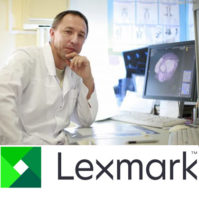
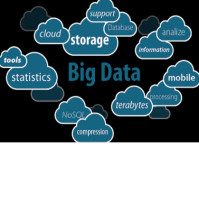

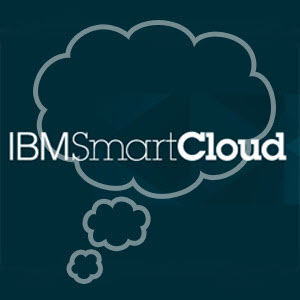




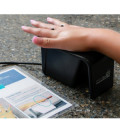
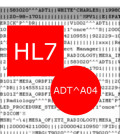

You must be logged in to post a comment Login